Month: September 2020
- All
- Activism
- Advocacy
- African Diaspora
- Art & Poetry
- BeFriending Creation
- Biology
- Books We Love
- Climate Change
- Divestment
- Economics
- Environmental Justice
- Featured in the Media
- Fracking
- Friendly Landscapes
- Indigenous Peoples
- Individuals Taking Action
- Meetings Taking Action
- Mini-Grants
- Minutes on Earthcare
- New & Exploring
- Pamphlets for Sharing
- Peace
- Permaculture
- Population
- QEW Position Statements
- Quaker Testimonies
- Racial Justice
- Renewable Energy
- Resources
- Skeptics
- Soil
- Spirituality
- Sustainability
- Theme
- Theology
- Timeless
- Timely
- United Nations
- Volume 37
- Water
- Youth & Young Friends
-

A Shared Quaker Statement: Facing the Challenge of Climate Change
“It would go a long way to caution and direct people in their use of the world, that they were better studied and knowing in the Creation of it. For how could [they] find the confidence to abuse it, while they should see the great Creator stare them in the…
Read More -
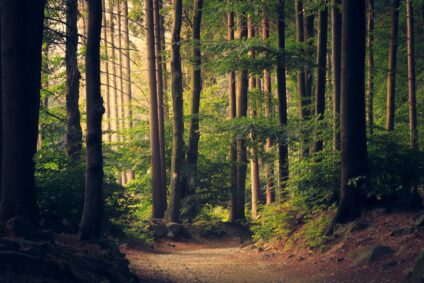
Recommendations for all Friends
To Friends Everywhere: Quaker Earthcare Witness developed some challenges, which are recommendations for Friends’ Churches and Meetings throughout North America. We ask local Friends’ fellowships and Yearly Meetings to prayerfully examine these challenges and to explore ways to act upon part or all of them. These are suggested actions to…
Read More -
Host a Film Festival on Energy Options
One excellent approach to sharing both the concern for our future and the tremendous potential for renewable energy is to host a film and discussion series. Below we have listed a number of options to consider. SHORT VIDEOS ON THE PROBLEM AND THE SOLUTION Palo Alto: http://www.go100percent.org/cms/index.php?id=25#c943…
Read More -
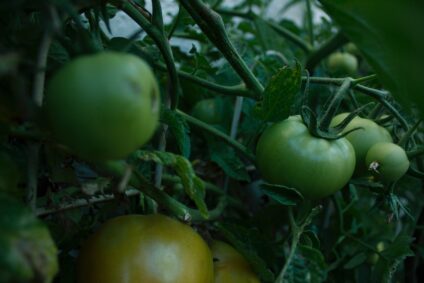
Introduction to Permaculture
The word “Permaculture” comes from two-word combinations: permanent and agriculture and permanent and culture. It is a design system that could potentially revolutionize what we call civilization. Largely used in homesteading or home and community gardens, rather than in large agricultural acreages, permaculture includes perennial vegetables and fruits, both bush and tree. In regards to culture,…
Read More -
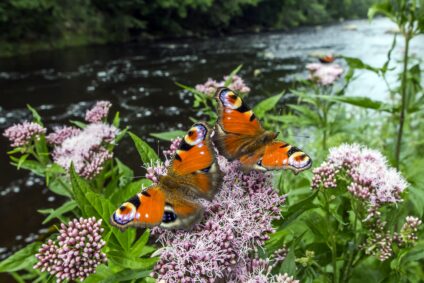
Planning, Planting, and Managing Your Butterfly and Pollinator Garden
NATIVE PLANT SELECTION, LAYOUT GUIDELINES, AND MANAGEMENT STRATEGIES FOR BUTTERFLY AND NATIVE POLLINATOR GARDENS Step 1: Location. Choose an appropriate spot for your garden. Step 2a: Strategies to Create Positive Public Perception Before Planting Consider the public perception of your native garden planting before you begin. Discuss your native garden…
Read More -
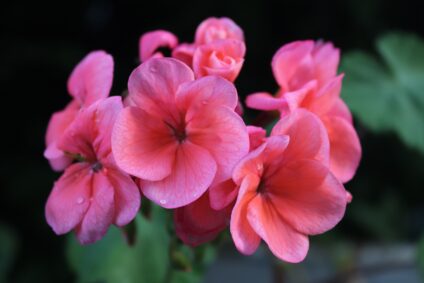
Choosing Native Plants for Pollinators in Your Area
As Sophie explained in her article, Shrinking or Transforming Your Lawn, it is important to use plants from your native area so that the ecosystem will flourish. The non-profit organization Pollinator Partnership promotes the health of pollinators through conservation, education, and research. You can use the tool on their website…
Read More -
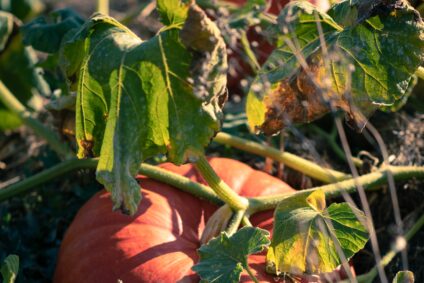
Ecological Principles of Permaculture
Three important ecological principles of permaculture are The role that each organism plays, the niche it occupies; Understanding succession in natural ecosystems and using it to heal the soil and bring forth both annual and perennial crops; Including as much diversity in the garden space as possible, both…
Read More -
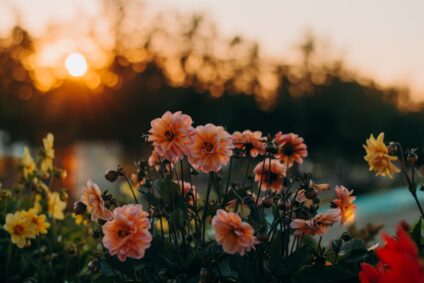
Important Reasons to Use Native Plants
Important Facts. Native plants are adapted to the local area and its climate. Unfortunately, many of our beautiful non-native garden flowers provide little or no food for honeybees, native pollinators, songbirds, and other wildlife. Non-native plants have the potential to become invasive species – weeds that spread rapidly and often…
Read More -
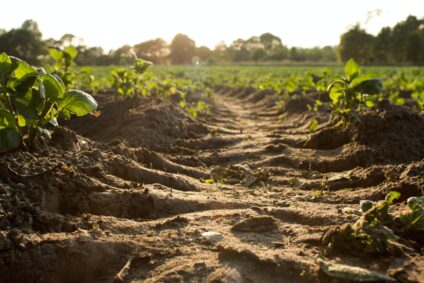
Practical Permaculture Methods: Start Today!
Permaculture, as much as possible, is an imitation of nature. Nature does not like bare soil; it is quickly filled up. A permaculture garden, except for paths, is filled chock-full with growing life. Soil is alive and miraculous. Rocks and organic matter decompose with the help of microscopic animals and…
Read More -
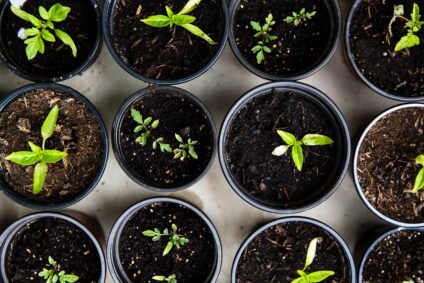
Planning a Permaculture Garden
Planning a permaculture garden is important; although much learning comes from experimenting with ideas. For instance, I tried planting potatoes in a “hugelkultur,” a pile of small sticks with a lot of compost over them (probably not enough in my case), and the yields were definitely smaller than planting them…
Read More -
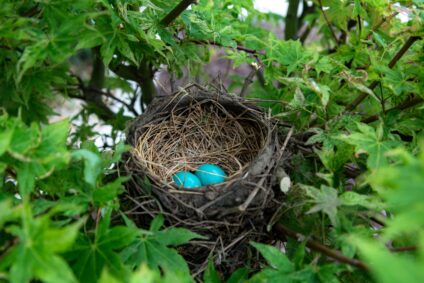
Birds, Plants, and Insects: What They Need
Today we are discovering new things every day about the relationships between plants and insects and humans. Chickadee babies eat thousands of caterpillars that their hard-working parents bring them. Around industrial farms, the insects have been killed with pesticides and there aren’t any caterpillars available. Even in our…
Read More -
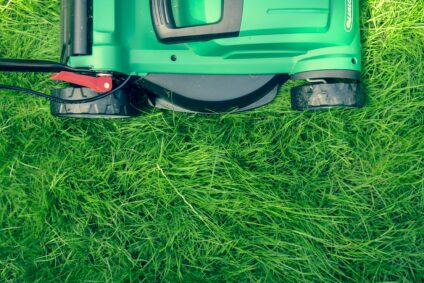
Shrinking or Transforming Your Lawn
Centuries ago, wealthy landowners in England, with lots of land and lots of sheep, pastured the sheep in front of their mansions and invented the present-day lawn. Eventually, more people adopted the practice of lawns, not with sheep, but with newly invented lawnmowers. Today, maintaining the lawns around our homes…
Read More -

Friends’ History of Investing with Integrity
Friends groups have a long and proud tradition of ethical investing. As Friends, we have consistently sought congruity of our principles when we consider what types of investments we should hold. We understand that how we use our money and what we choose to own is always a moral choice.
Read More -
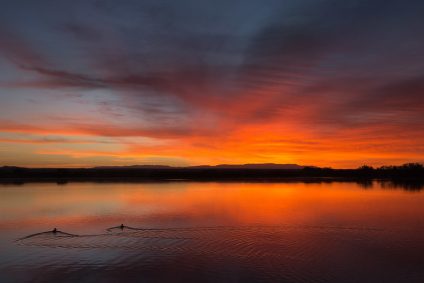
Practicing Earth Activism
By Ruah Swennerfelt (Updated 2021 by Hayley Hathaway). To become more active on behalf of Earth, start by making yourself aware of the issues. Learn from sources in addition to the conventional news reports. Begin examining ways you can reduce your purchases, buy local, rather than transported, goods, walk or…
Read More -
Earthcare, Energy, and the Right Use of Things
Visualizing the Better World That Is Possible by Louis Cox TURNING OVER A NEW LEAF. While casting about for ways to introduce this article about changing wasteful lifestyles, one of my favorite movies broke to the surface: A New Leaf (1971, **½) is about a middle-aged playboy…
Read More